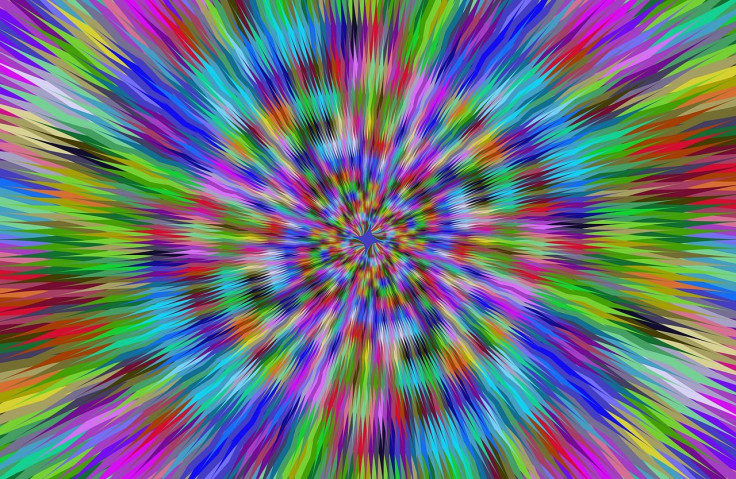More People Are Using Synthetic Drugs In The US, Yet Many Won't Admit To It

Synthetic drugs in the U.S. have become a growing problem for authorities, lawmakers, and health officials alike in the past few years. Since appearing in 2008, there has been an increase in availability and usage of a variety of new drugs, sometimes called “novel psychoactive substances” (NPS). There has been little published data based on health surveys, however, estimating the prevalence of use of new drugs like “spice” (synthetic marijuana) and “bath salts,” an umbrella term including a variety called “flakka.”
Researchers affiliated with New York University’s Center for Drug Use and HIV Research (CDUHR) recently published a study that looked at self-reported use of 57 different types of new drugs. The study found that prevalence has increased from 2009 to 2013, and that usage of new drugs was most common among whites, males, older individuals, those with a lower income, and those living in cities.
"About 1 percent of subjects self-reported any use of the 57 new drugs we examined," said Dr. Joseph J. Palamar, a CDUHR affiliated researcher and an assistant professor of Population Health at NYU Langone Medical Center (NYULMC), in a press release. "Use of psychedelic tryptamines — primarily DMT — was most common, followed by psychedelic phenethylamines and synthetic cannabinoids."
Use of illicit drugs not being specifically studied — including LSD, cocaine, and MDMA (Molly) was very common among the new drug users. The article used data from the National Survey of Drug Use and Health (NSDUH) from 2009-2013, which consisted of a national representative sample of non-institutionalized individuals in the U.S. The subjects were asked to provide the names of non-traditional, “new” drugs they used that they were not specifically asked about on the survey.
The team found the large majority (95 percent) of the subjects who had reported use of a new drug also reported some lifetime use of alcohol, marijuana or cigarettes, and that many reported lifetime use of MDMA (79.4 percent), opioids (79.1 percent), cocaine (74.3 percent), and LSD (73.7 percent).
"This is the first study reporting on use of a variety of new drugs in a nationally representative U.S. sample," Palamar said. "However, we're pretty confident that use of new drugs was severely underreported, as the research subjects were not asked about most of these drugs specifically."
Palamar also said that prior analysis that looked at national data on “bath salts” and “synthetic marijuana” suggested much higher rates than this study.
"Hundreds of new psychoactive drugs have come out in recent years and some of them can be very dangerous," Palamar said. "We need health surveys to ask about use of new drugs, in addition to traditional drugs such as marijuana and cocaine, in order to quickly pick up on potential drug epidemics."
Source: Palamar J, Martins S, Su M, Ompad D. Self-reported use of novel psychoactive substances in a US nationally preresentative survey: prevalence, correlates, and a call for new survey methods to prevent underreporting. Drug and Alcohol Dependence. 2015.
Published by Medicaldaily.com



























